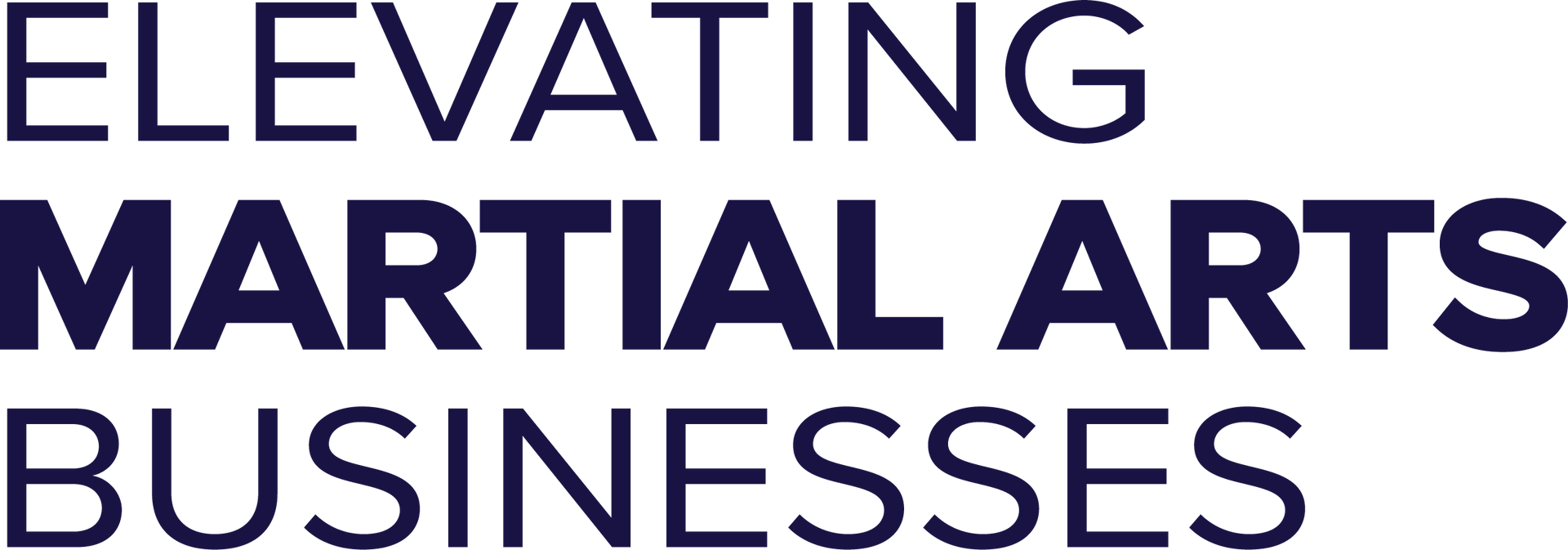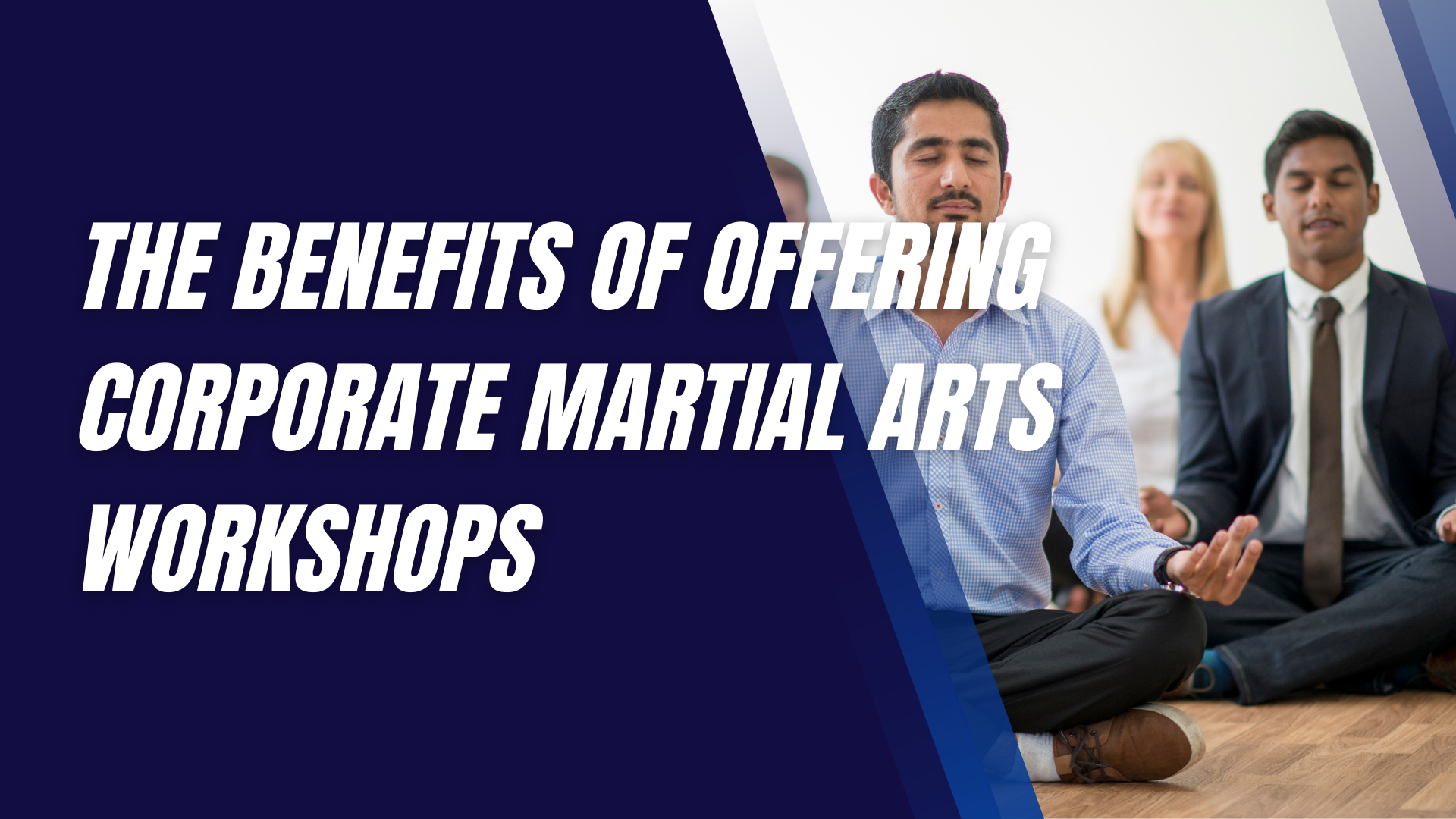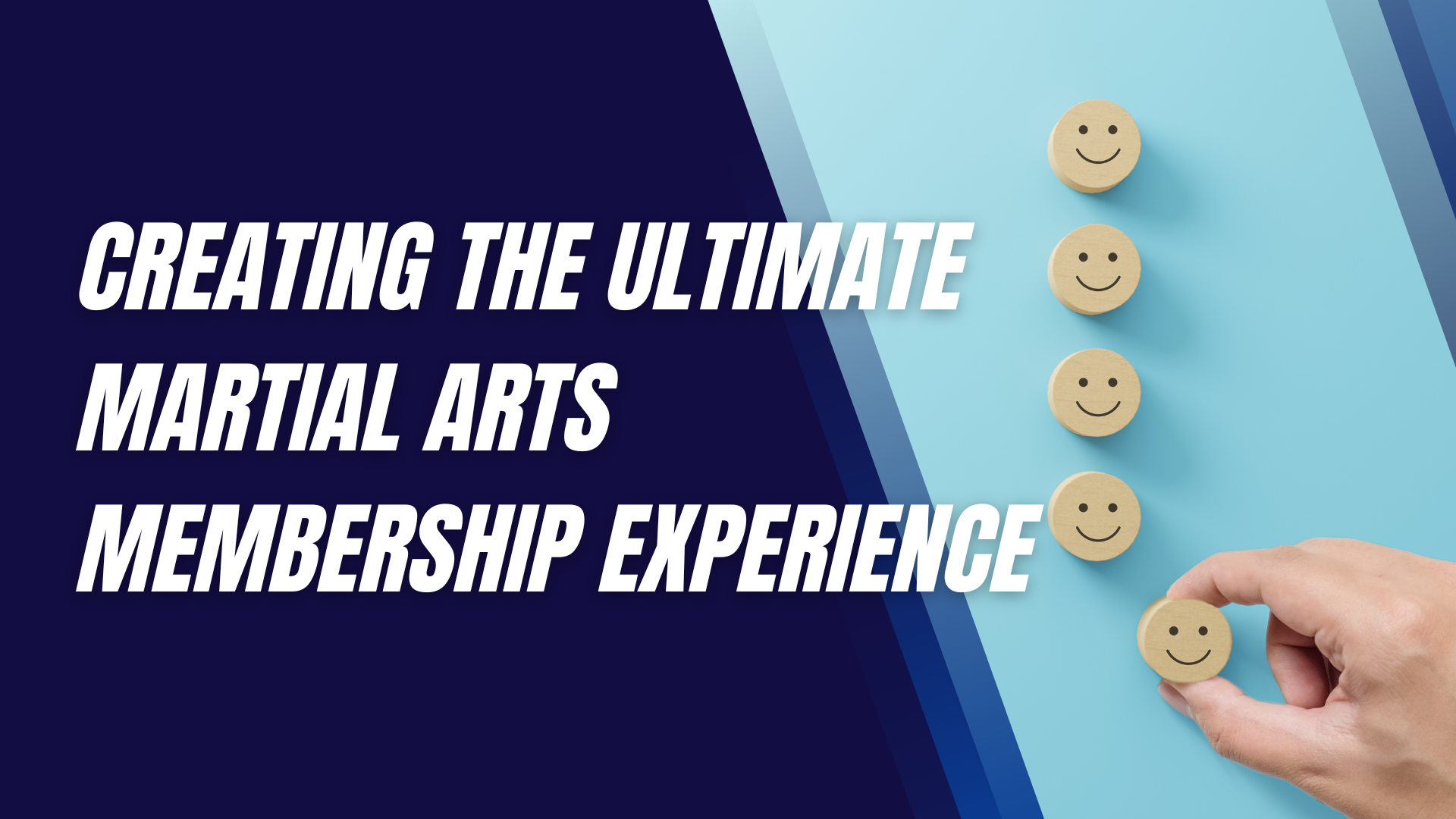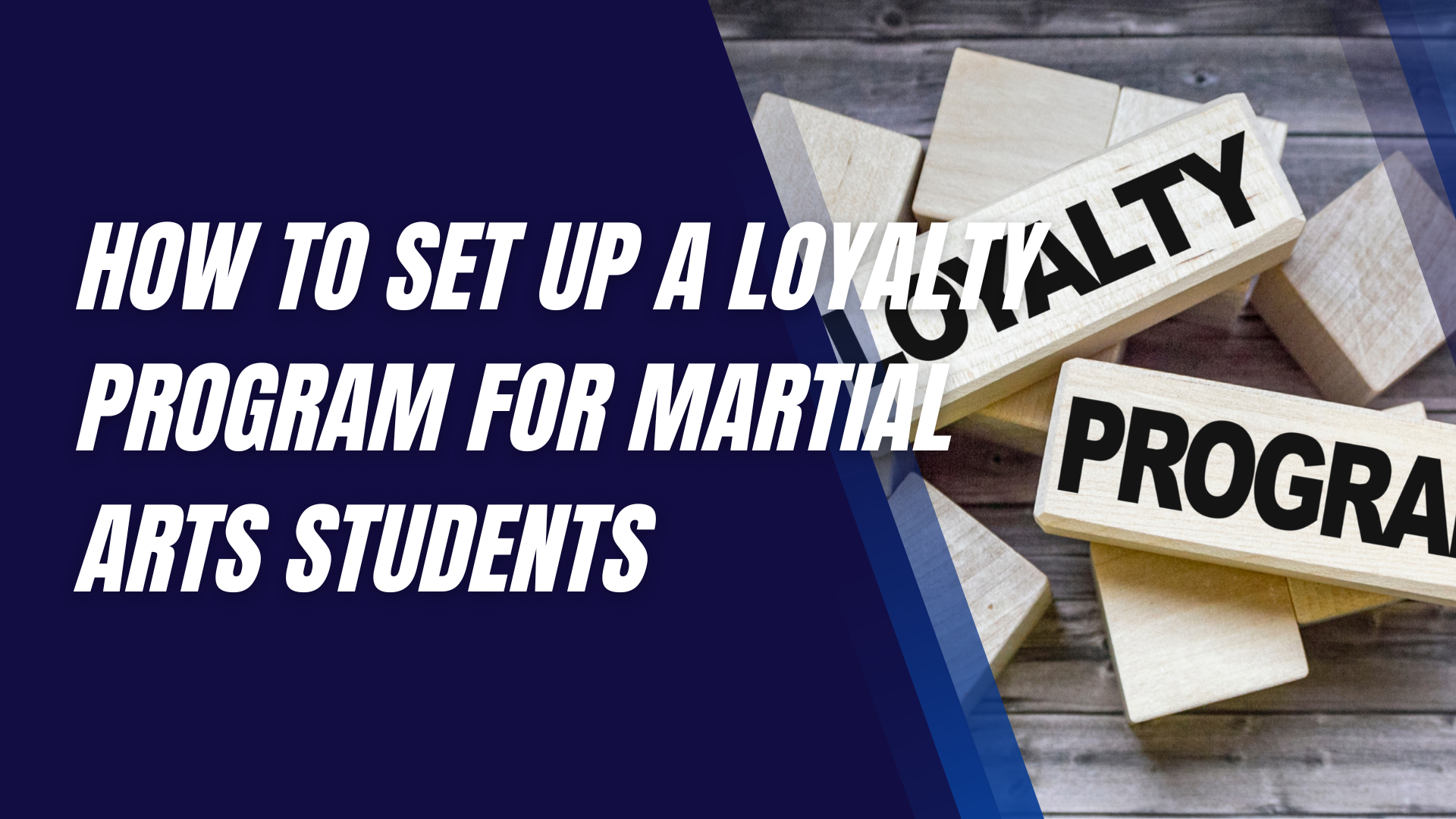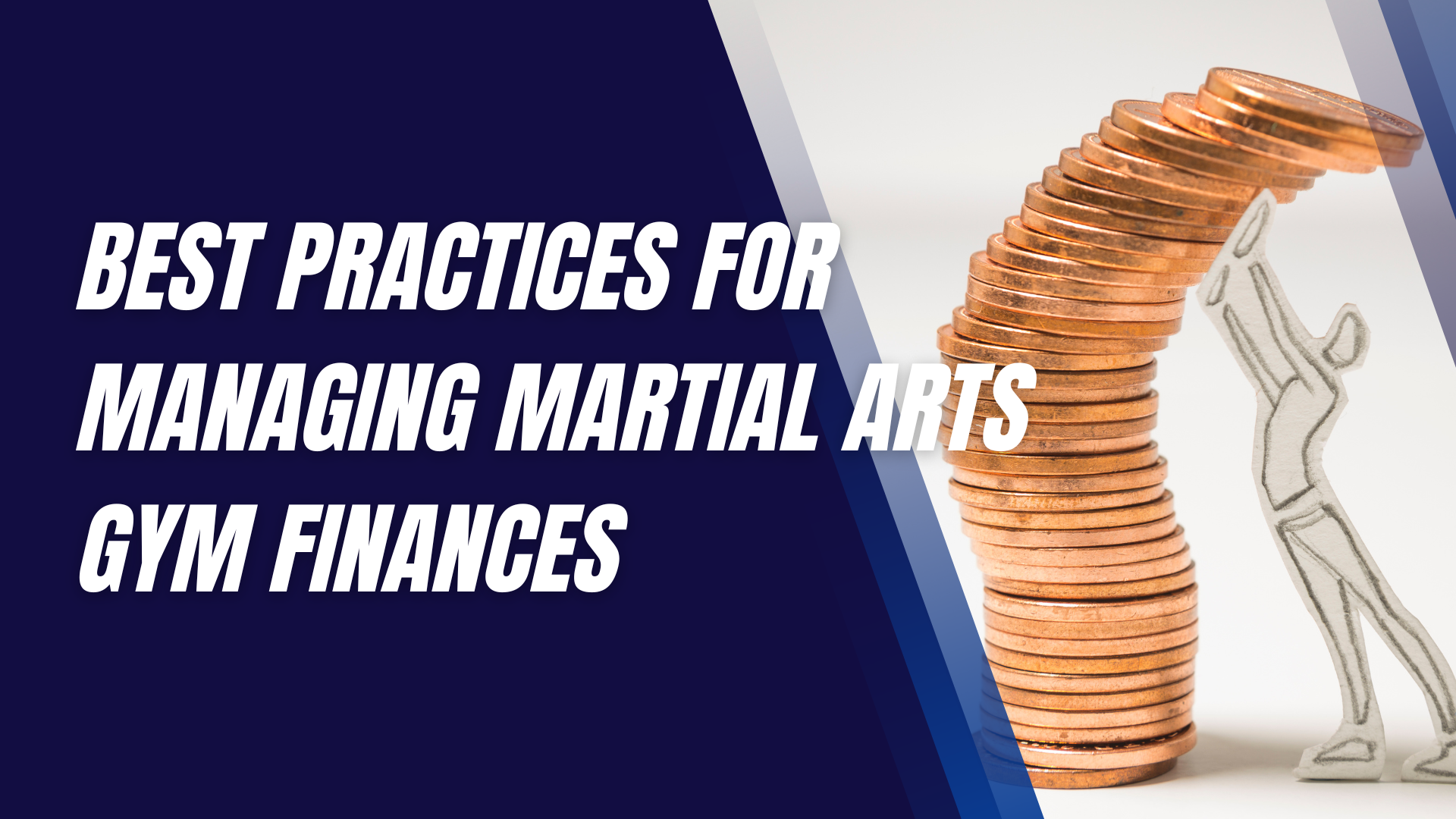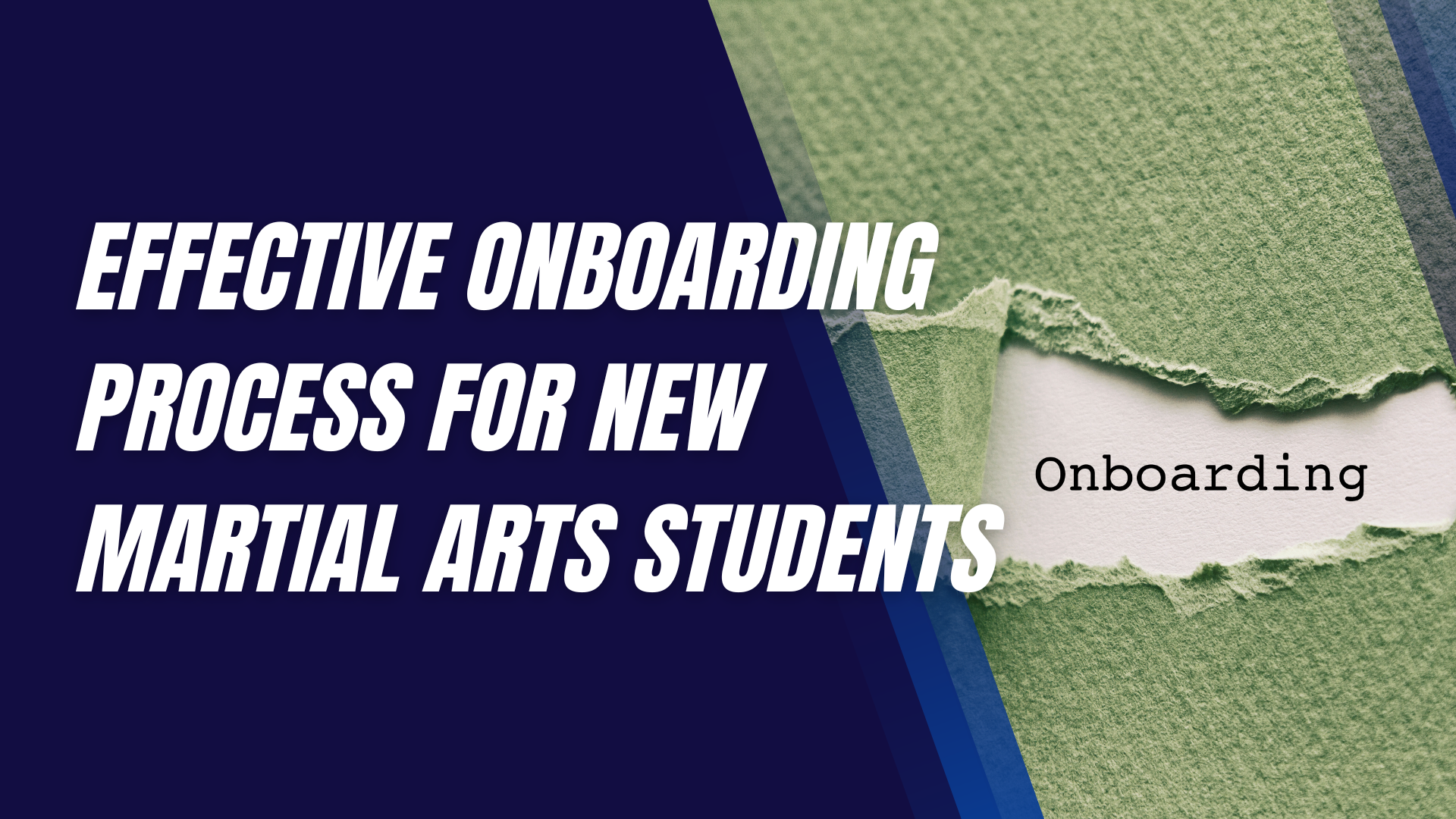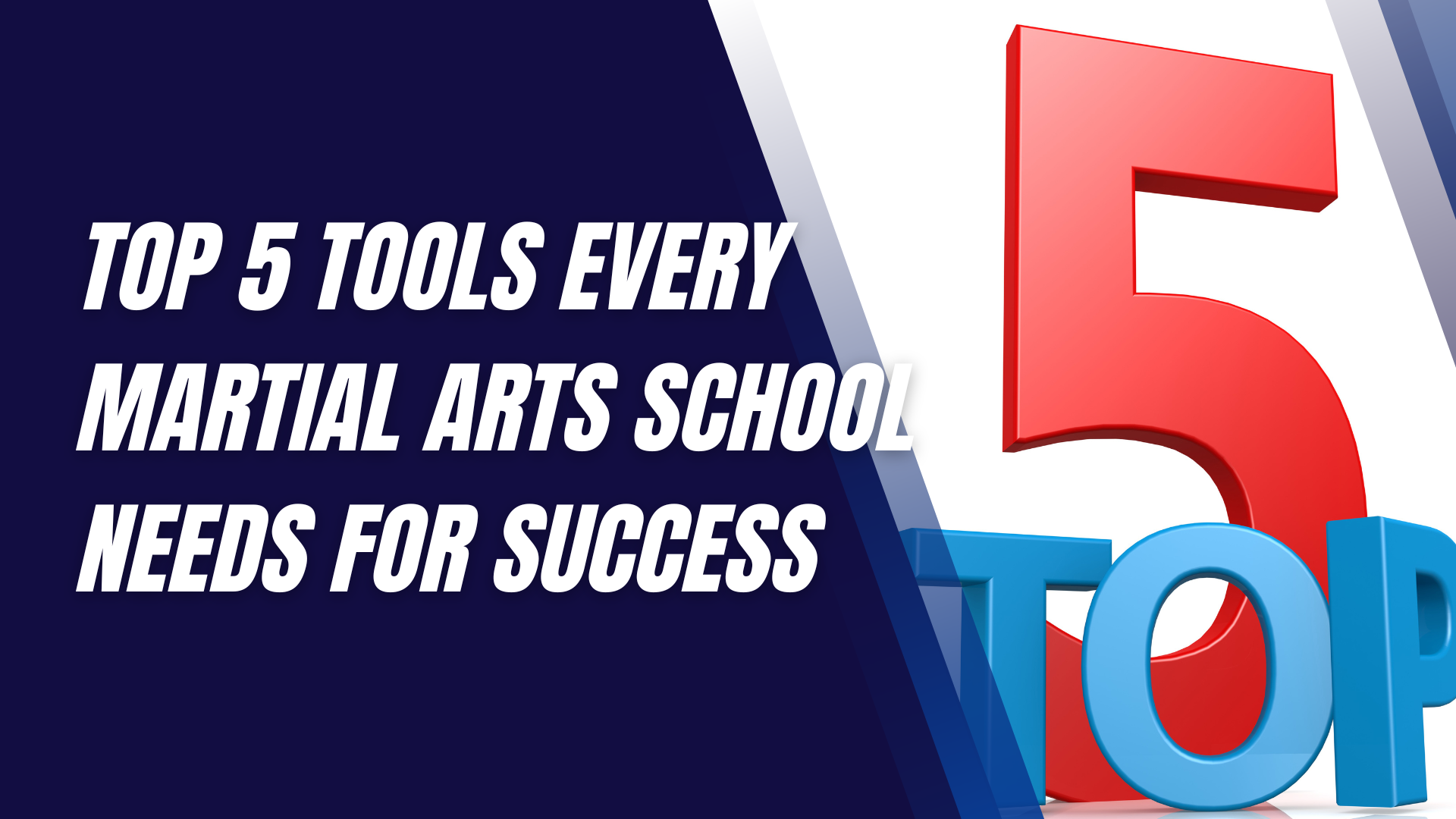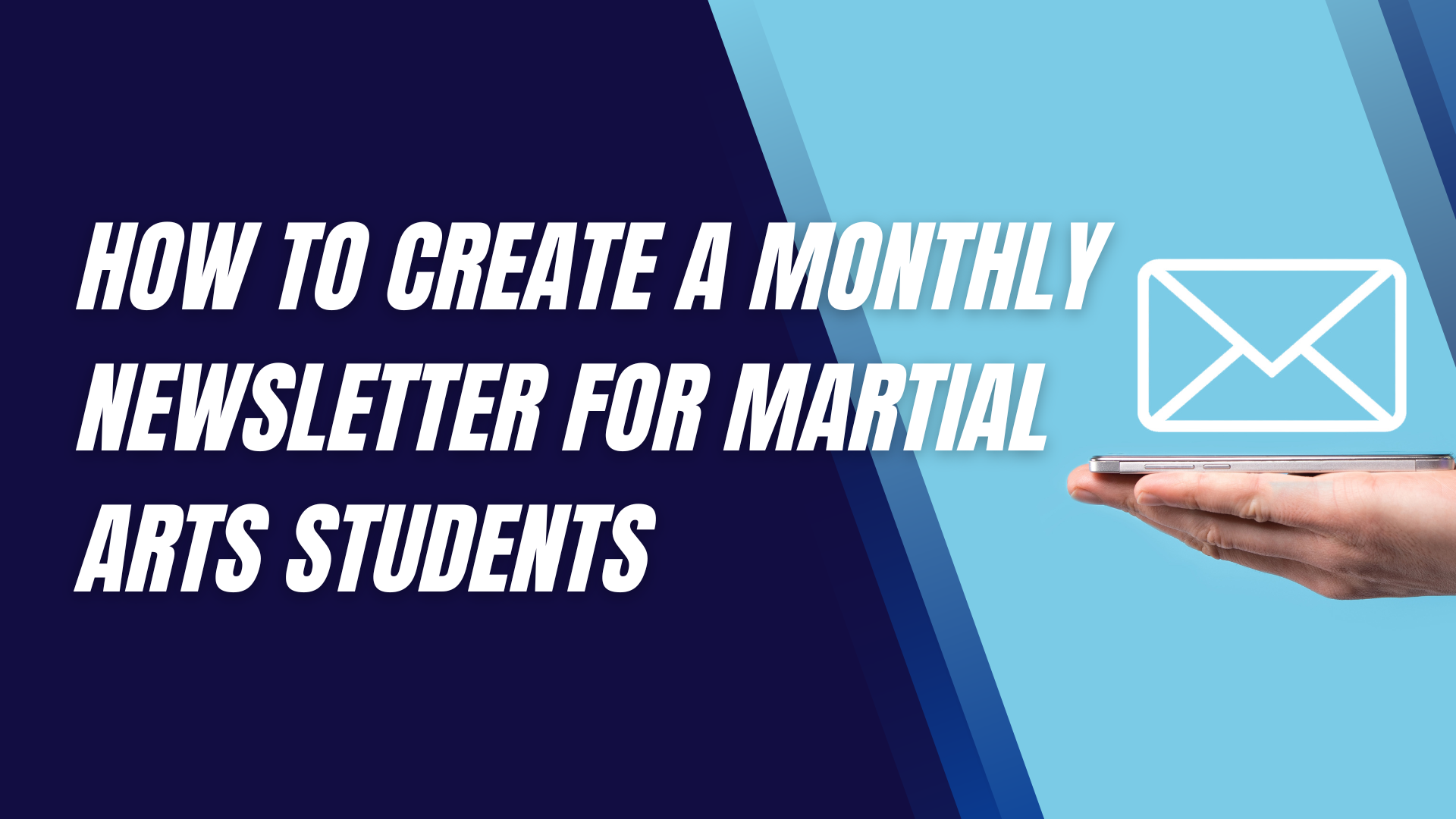How to Avoid Overtraining in Martial Arts
Martial arts demand a delicate balance between pushing your limits and giving your body the time it needs to recover.
Overtraining is a common issue among martial artists, driven by the desire to improve quickly or the pressure to perform at peak levels consistently. But while dedication is crucial, too much of it can lead to burnout, injuries, and even a decline in your skills. Understanding how to avoid overtraining is key to maintaining long-term success in martial arts.
Understanding Overtraining
What is Overtraining?
Overtraining occurs when an athlete exceeds their body's ability to recover from strenuous exercise. It’s more than just feeling sore after a tough workout; it's a chronic state of fatigue and underperformance caused by pushing the body too hard without adequate rest. In martial arts, where training often involves high-intensity drills, sparring, and strength conditioning, the risk of overtraining is significant.
Common Signs of Overtraining in Martial Arts
Recognizing the signs of overtraining early on can help prevent serious consequences. Some common indicators include persistent muscle soreness, a drop in performance despite intense efforts, trouble sleeping, and a lack of enthusiasm for training. If you notice these symptoms, it might be time to reevaluate your training regimen.
Why Overtraining Happens
The Desire to Improve Quickly
One of the main reasons martial artists overtrain is the drive to improve rapidly. Whether you're a beginner eager to progress or a seasoned fighter preparing for a competition, the temptation to train harder and more frequently is strong. However, this can backfire if your body isn’t given enough time to recover.
Pressure from Competitions and Peers
Competitions, while great for testing your skills, can also contribute to overtraining. The pressure to perform well, especially if you're facing tough opponents or trying to meet expectations from peers and coaches, can lead to overextending yourself. Peer pressure within the dojo or gym can also push you to train beyond your limits, even when your body is signaling the need for rest.
Misconceptions About Training Intensity
Many martial artists believe that training harder is synonymous with training better. This misconception can lead to excessive training sessions, often without adequate recovery time. In reality, effective training is about quality, not just quantity, and understanding this is essential to avoid overtraining.
The Risks of Overtraining Physical Consequences
Increased Risk of Injury
Overtraining significantly raises the risk of injury. When your muscles, joints, and ligaments are overworked, they become more susceptible to strains, sprains, and other injuries. In martial arts, where physical demands are high, an injury can set back your progress by weeks or even months.
Decreased Performance
Ironically, overtraining can lead to a decrease in performance. You might notice that despite putting in more hours, your technique starts to falter, and you struggle to execute moves that were once second nature. This decline can be frustrating and demotivating, making it even harder to find the balance between training and rest.
Mental and Emotional Effects
Burnout and Loss of Motivation
Burnout is a common mental consequence of overtraining. The constant physical strain combined with a lack of adequate recovery can lead to exhaustion, both mentally and physically. This often results in a loss of motivation, where you might find yourself dreading training sessions that you once looked forward to.
Anxiety and Depression
Overtraining doesn’t just affect your body; it can take a toll on your mental health as well. The stress of not performing well despite intense training can lead to feelings of anxiety and depression. These emotional states not only affect your martial arts practice but can also spill over into other areas of your life.
Recognizing the Signs of Overtraining Physical Symptoms
Persistent Fatigue and Soreness
One of the clearest signs of overtraining is persistent fatigue. If you’re feeling constantly tired, even after a good night's sleep, and your muscles are sore long after your last training session, it’s a signal that your body needs more time to recover.
Frequent Illnesses
Overtraining can weaken your immune system, making you more susceptible to colds and other illnesses. If you notice that you’re getting sick more often, it could be a sign that your body is under too much stress from training.
Emotional and Behavioral Indicators
Irritability and Mood Swings
Changes in mood, such as increased irritability or mood swings, are also indicators of overtraining. The physical stress of overtraining affects hormone levels, which can lead to emotional instability. If you find yourself becoming more easily frustrated or upset, it might be time to assess your training habits.
Lack of Enthusiasm for Training
A sudden lack of enthusiasm for training is another red flag. If the excitement and passion you once had for martial arts start to wane, and training feels more like a chore than a choice, you might be experiencing the mental and emotional strain of overtraining.
Strategies to Avoid Overtraining in Martial Arts - Importance of Proper Rest and Recovery
Scheduling Rest Days
Rest days are crucial in any training program. These are the days when your body repairs and strengthens itself. Without rest, your muscles don't have the chance to recover, leading to overtraining. It’s essential to schedule regular rest days and stick to them, even if you feel you could push through another session.
Incorporating Active Recovery
Active recovery involves engaging in low-intensity exercises on your rest days, such as stretching, yoga, or light cardio. This helps to keep your body moving and promotes circulation, aiding in the recovery process without adding stress to your system.
Balanced Training Approach
Diversifying Training Routines
One effective way to avoid overtraining is by diversifying your training routines. Instead of focusing solely on high-intensity workouts, mix in different types of training like technical drills, flexibility exercises, and mental conditioning. This approach not only helps prevent overtraining but also contributes to a more well-rounded martial arts practice.
Listening to Your Body
Your body often gives you signals when it needs rest, such as increased soreness or a lack of energy. Listening to these signals and adjusting your training accordingly is essential. Pushing through pain or fatigue might seem like the warrior's way, but in reality, it's a fast track to overtraining.
Importance of Nutrition and Hydration
Eating for Recovery
Nutrition plays a significant role in recovery. Consuming a balanced diet rich in proteins, carbohydrates, and healthy fats ensures your body has the necessary nutrients to repair muscles and replenish energy stores. Incorporating foods that reduce inflammation, like leafy greens and fatty fish, can also support your recovery process.
Staying Hydrated
Hydration is another critical aspect of recovery. Dehydration can exacerbate the effects of overtraining by impairing muscle function and increasing the risk of injury. Ensure you drink enough water throughout the day, especially before, during, and after training sessions.
Mental Health Management
Setting Realistic Goals
Setting realistic and achievable goals is important for maintaining motivation without overtraining. Break down larger objectives into smaller, manageable steps and celebrate your progress along the way. This approach helps keep your training on track without pushing you to the brink of exhaustion.
Practicing Mindfulness and Relaxation Techniques
Incorporating mindfulness practices, such as meditation or deep-breathing exercises, can help manage stress and improve mental resilience. These techniques are particularly useful in combating the mental fatigue associated with overtraining and keeping your mind as sharp as your body.
The Role of Coaches and Instructors - Educating Students About Overtraining
Promoting Safe Training Practices
Coaches and instructors play a vital role in preventing overtraining by promoting safe training practices. This includes educating students on the importance of rest, proper technique, and listening to their bodies. A well-informed student is less likely to fall into the trap of overtraining.
Encouraging Open Communication
Open communication between students and instructors is crucial. Students should feel comfortable discussing their concerns about overtraining, and instructors should encourage this dialogue. This helps in identifying and addressing overtraining issues before they become serious problems.
Monitoring and Adjusting Training Plans
Individualizing Training Programs
Every martial artist is different, with unique strengths, weaknesses, and recovery needs. Coaches should tailor training programs to the individual, ensuring that each student is training at a level that suits their personal abilities and goals. This individualized approach helps in preventing overtraining by aligning the intensity of the program with the student’s capacity.
Regularly Assessing Athlete Well-being
Regular assessments of an athlete’s well-being are essential in avoiding overtraining. This can include physical evaluations, such as fitness tests, as well as mental health check-ins. By keeping a close eye on both the physical and mental states of their students, coaches can make necessary adjustments to prevent overtraining.
Final Thoughts
Avoiding overtraining in martial arts is all about striking the right balance between pushing your limits and giving your body the rest it needs to recover. By recognizing the signs of overtraining, incorporating proper rest, maintaining a balanced training approach, and fostering open communication with coaches, you can ensure long-term success in your martial arts journey. Remember, the goal is to train smart, not just hard.
Interested in trying a martial arts class? Find an affiliated academy anywhere in the country by clicking here.
Have your own martial arts program? Get to know more about what we have to offer at Ground Standard Agency for helping martial arts businesses grow.
Email us at info@groundstandard.com, or call and text us at (732) 907-8920 today to learn how to start growing your own academy, school, dojo, or gym with us as well.
Share this article
